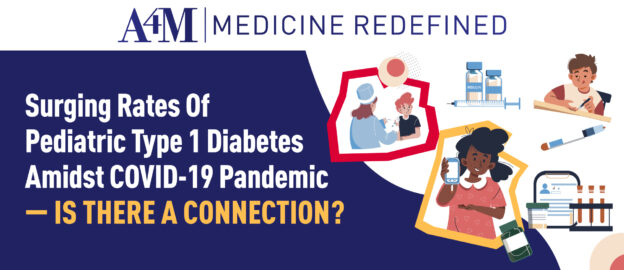The COVID-19 pandemic has impacted almost every aspect of life around the globe, drastically diminishing the state of population health worldwide. One concerning trend that has emerged is a significant increase in children and adolescents diagnosed with type 1 diabetes (T1D) since the start of the pandemic.
Some researchers have hypothesized that infection with severe acute respiratory syndrome coronavirus 2 (SARS-CoV-2) in children may heighten the risk of developing type 1 diabetes. However, the scientific landscape is fraught with conflicting evidence, presenting a complex puzzle for investigators to dissect and a pivotal opportunity to explore the root cause of the disease.
Even as numerous studies have documented the rise in pediatric type 1 diabetes cases globally, none have been able to determine the causal link conclusively. While some contend that COVID-19 infection directly elevates the risk of diabetes in children and adolescents, others emphasize the intricate context in which the surging trend has been observed. The extensive list of potential contributing factors underscores the challenge of establishing causation from changes in healthcare utilization, postponed routine visits, and pandemic-related ordinances limiting activities, socialization, and other critical components of childhood development.

